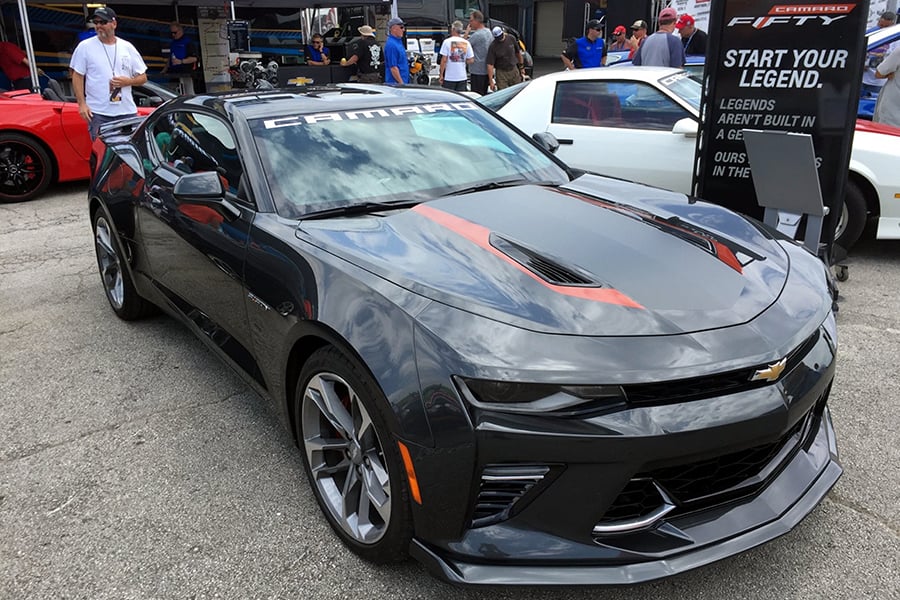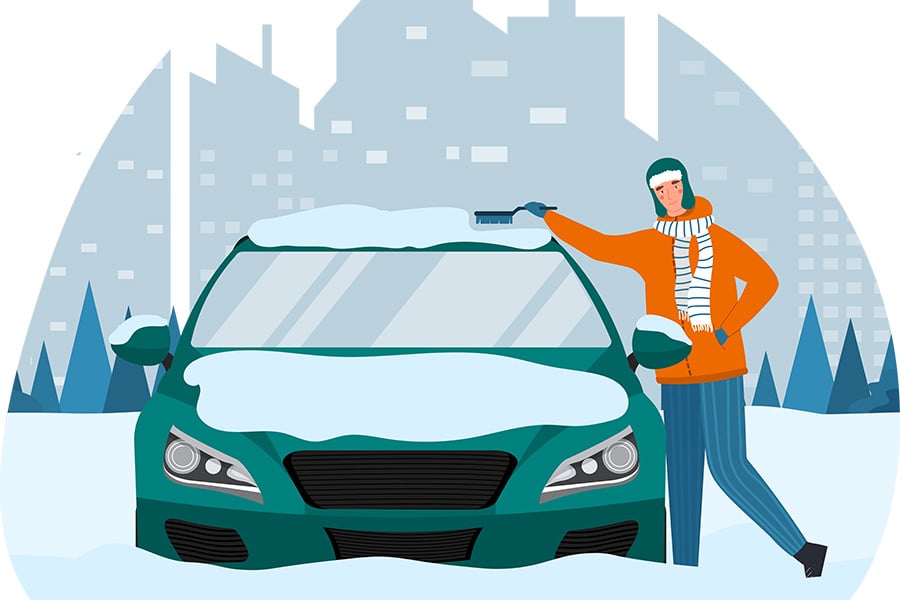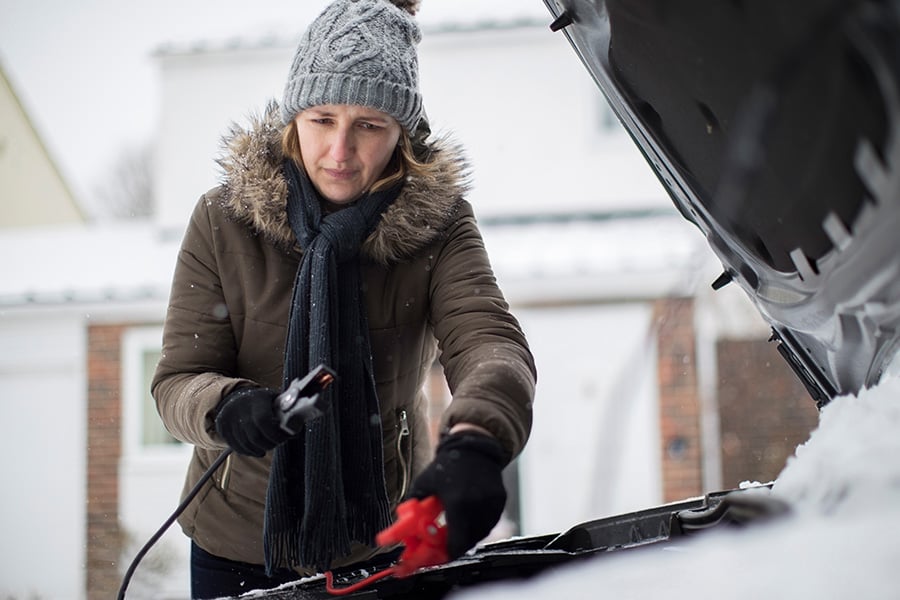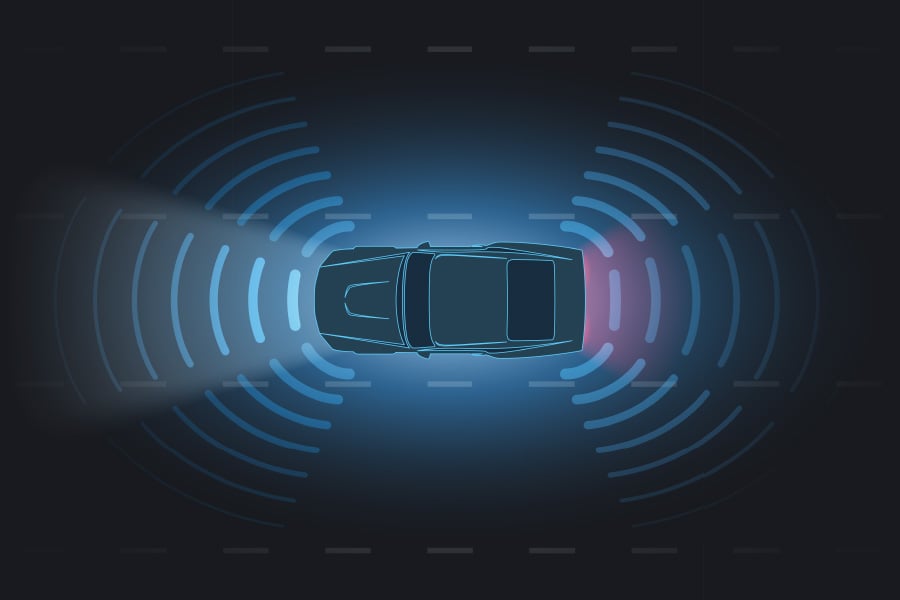The Camaro at 50

While other teens in the early 1990s likely weren’t thinking too hard about their future, Adam Barry, so absorbed by sketching flashy sports cars, had already settled on his.
He wanted to work for General Motors. Designing cars. Chevy Camaros in particular. It was an ambition encouraged by his father Sonny, a car buff who loved restoring vintage vehicles at the family’s Marlton home, and young Adam envisioned a life in cars and never looked in the rearview mirror.
He graduated from Cherokee High School in 1994, headed to Michigan and art school at the College for Creative Studies, and promptly landed his dream job upon graduation --- joining the GM design team in 1998.
He is 41 now, a family man with four children, and 2017 is Adam Barry’s dream year. It’s the 50th anniversary of the Chevy Camaro, a milestone that is being celebrated with production of a special anniversary edition of the revered sports car --- and he’s the guy who designed its appearance.
Talk about pressure.
“I grew up wanting to work on Camaros,” says Barry, the Camaro senior creative designer since 2012, “so any pressure from designing the anniversary edition would have been self-inflicted. I knew the lineage of the car. I was the guy who always wanted to design Chevy Camaros. So I felt pretty comfortable about it.”
With its deep gray exterior and tasteful orange hood accents, the special-edition Camaro is alternately classy and nasty, its brash look exuding style and power, and popular car magazines have largely hailed it as a worthy tribute to a sports car that turned heads when it roared onto the scene in 1967.
For Barry, the design challenge was clear. Honor the Camaro’s legacy and its muscle-car fans but steer it toward a future of ongoing evolution and renewed appeal.
“I didn’t want to do retro for the 50th,” he says. “It’s interesting. I’d gone through 150 pages of a blog for Chevy enthusiasts, and that was a frequent comment: ‘How come they didn’t make it more retro?’ They all want the hugger orange Camaro. And that’s fine. But we tried to move it forward as a more modern interpretation of the Camaro.”
The irony here is that Barry’s pride and joy is a powerful 1968 Camaro RS/SS --- yep, the exterior is hugger orange --- that he bought in 2004 upon selling a 2000 Chevy Corvette. He too appreciates the past, but as a Camaro designer, his eyes are on the road ahead.
The 50th-anniversary edition --- it’s available through this year, and about 2,400 had been sold by late February --- coincided with another high-profile Camaro event that showcased Barry’s design skills. He had a big hand in the Camaro’s sixth-generation makeover, a 2016 update that infused the full model line with upscale styling, increased power and road performance, and broader technology.
The new design certainly impressed Motor Trend. The magazine anointed the Camaro as its 2016 Car of the Year.
These achievements represent the quest of Barry and other design-team members to stay attuned to progressive touches that woo younger drivers apt to dismiss the Camaro as their daddy’s muscle car.
“The older fans love the history and legacy of the Camaro,” Barry says, “but today’s younger buyers know nothing about that stuff. They weren’t here. What I’ve learned, being a generation removed myself (from those earlier days) but still involved with it, is that you want to produce a car that doesn’t go against the things that made it so loved but also brings in new people.”
The 1967 Camaro enjoyed a stunning debut, with its three model packages in coupe or convertible --- the RS, SS and Z28 --- combining for sales of 220,906 cars. But history also tells us that Camaro’s existence got a big push from the Ford Mustang, whose own launch in April 1964 spurred a car-buying frenzy, with more than 1 million Mustangs sold in less than two years. The public’s response inspired Chevy, Dodge and Pontiac, among other carmakers, to roll out their own performance cars during that halcyon era of the late 1960s.
More than 5 million Camaros have been sold during its half-century existence --- the 282,571 moved from Chevy dealerships in 1979 still rank as the most robust sales year in Camaro history, according to the carmaker.
The long journey has challenged the sports car to remain relevant over the years by navigating shifts in buyer habits, economic ups and downs, and the sporty cars of durable competitors. But the ride also has been bumpy at times, most notably when increasingly tepid sales culminated with consumer purchases of just 41,776 Camaros in 2002 and GM’s decision to discontinue production of the sputtering sports car.
The Camaro remained a pleasant memory for seven years --- until its 2009 revival. And the Mustang, ironically, played a role in that, having undergone a major redesign several years earlier that invoked its ‘60s heyday and reignited a love affair with drivers. GM execs, optimistic of a new day for the Camaro as well, turned to nostalgia during the car’s fifth-generation redesign and rejoiced as more than 81,000 cars were sold in 2010.
Jerome Hickman bought one. He still has it. The LS coupe was a midlife possession he had to have, a contemporary Camaro whose racy look joyfully reminded him of the ’69 Sport Coupe he’d driven decades earlier --- and wishes he still had.
“There’s a lot of nostalgia in the Camaro, simply because it has stood the test of time for generations of drivers,” said the Winslow Township resident. “You know a Camaro when you see one. So many cars today are boring. This car is not boring.”
That’s precisely what Adam Barry strives to avoid. The creative aspects of his design process are far-reaching, from analyzing past Camaro generations, soliciting input --- even relying on inspirations that strike him as a science-fiction buff.
“We always look at what makes the cars good. But you also can’t stay in a rut; you have to progress,” he says. “It can be good that someone new to the design team may not know a lot about Camaros and will challenge the norm. In my case, I like to look at sci-fi movies or ‘Avatar’ or ‘Transformers’ stuff --- things that aren’t car-related --- to get a feel for colors and style and the essence of what you want the car to be --- predatory, or mean-looking, or upscale, whatever the case may be. At the end of the day, the car will be a percentage of all of it.”






